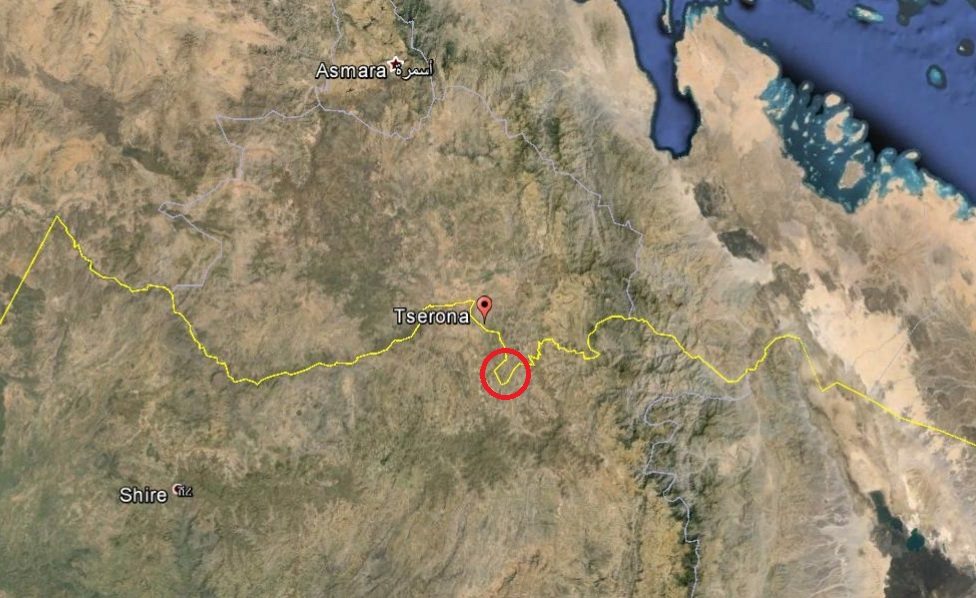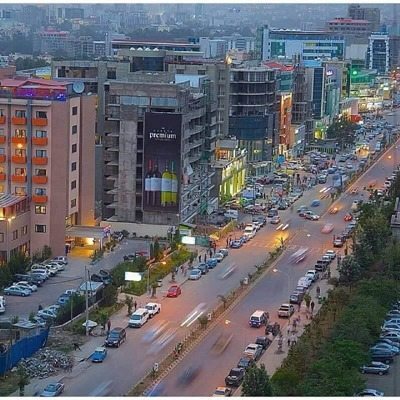The agreement reached between signatories of the “Somalia Roadmap” here in Addis to end the transition and on wide area of issues ranging from changes to draft constitution to amending timelines and mandate of committees has resuscitated optimism on the success of the process. Indeed, the resilience shown by the Somali political forces in reaching for such an agreement has once again revived hopes of building a stable and peaceful Somalia as an attainable goal. Even to those who have long labelled Somalia as a byword for instability, the commitment shown for implementing the roadmap is quite refreshing.
The importance attached to the agreement, however, is not only tied to its success. A high premium is accorded to the agreement because it also happened at a time when at least a minimal consensus among the signatories is crucial to translate the military victories over Al-Shabaab and its allies into political successes. In that regard, given the fact that a large swath of land in central and South Somalia is now free from Al-Shabaab militias, any slide away from the implementation of the roadmap is simply unaffordable. More than anything, however, the firmness of the signatories has proved right those who steadfastly stood behind them in spite of fiery criticism from ivory tower analysts depicting the TFG in particular as a spent force that did not warrant any credibility.
That said, optimism about the process does not necessarily mean that things will go smoothly. Accommodating clan interests, fighting radical insurgencies, overcoming the challenges of establishing civil administration answerable to the new government, and above all forging a nascent consensus among weak and fragmented political forces is a daunting task. Doing so may inevitably necessitate making twists and turns and rearranging timelines if not an all-out detour. This being the reality, it is hardly surprising that the implementation of the roadmap has its doubters and naysayers. The criticisms of the process largely center on its inclusiveness. Indeed, for a majority of the critics, the absence of Islamist radicals like Al-Shabaab in the process is the major handicap of the roadmap. Drawing conclusions from dozens of failed peace initiatives over the past two decades, they adamantly argue that this initiative will follow suit.
In their analysis of Somalia’s crisis some warn that failure to include all political forces will in the end have the effect of derailing the entire process. They argue that even if the formation of a new government succeeds, it will remain weak due to realignment of marginalized clans, business leaders and prominent personalities to the detriment of the new government’s social base.
I would argue that these arguments fail to stand up to critical scrutiny. This article attempts to shed light on the prospects of the Somali roadmap and on any doubter’s arguments. Equally, for keen observer the views expressed in these criticisms may not be amenable to outright dismissal. The fact is that the thrust of the arguments does contain a grain of truth, albeit a highly tenuous element. Certainly it is a truism that most of the past peace initiatives were not inclusive and this led to their final failure to bring peace to this war torn state. Nevertheless, in the case of the new Somalia road map these arguments have minimal effect.
In the first instance, they fail to take note of the rapidly changing situation that has been occurring on both the political and military front in Somalia itself. Indeed, surprising as it may sound, what makes the arguments obsolete in the face of rapidly changing situations is to a large extent attributable to the changes themselves rather than to the passage of time. Since the London conference signaled renewed interest by the international community in a comprehensive solution for Somalia, the military advances have been substantial, with successes by AMISOM, Somali troops, and Ethiopian and Kenyan forces in Bay, Bakool and Galmudug regions. This followed the defeat of Al-Shabaab forces in Mogadishu coupled with the Kenyan Defence Force offensive in the South. In addition, there have been a series of internal disputes between Al-Shabaab leaders. All this has altered the political and military situation significantly, if not beyond recognition.
Now, with embattled Al-Shabaab forces on the run, the most important achievement of recent military operations is that it has shifted the military balance irreversibly to the side of the TFG and its allies. With its claim as a nationalist force discredited, the widening of the rift within Al-Shabaab’s leadership is nowhere more evident than in the apparent recent interest shown by some moderate Islamist and nationalist members of the group to negotiate with the TFG and allied forces. Equally, the evidence of the way the organization has been dominated and manipulated by foreign jihadists has also played a role in weakening any claims to pretense as nationalist force. The recent row between the leader Abdi Godane and Dahir Aweys on the role of international jihadists in the organization underlined the ideological crisis in the group. Drifting between its bizarre and implausible agenda of unifying the Muslim states of the world and building a Taliban-style theocratic state in Somalia, Al-Shabaab‘s appeal to the youth of Somalia is waning.
The success of the agreements between moderate Islamic groups like Ahlu Sunna wal Jama’a and the TFG since the launching of the Djibouti Process has helped to lure moderate Islamists away from Al-Shabaab. In fact, calls for the inclusion of the group are made on the basis that it still enjoys wide public appeal and has great military strength. The events of the past months have shown clearly that these over-rated claims exist only in the minds of analysts who fail to look at the situation on the ground. The myth that Al-Shabaab remains as a force with strong appeal to the public at large is now effectively debunked. The harrowing brutality of Al-Shabaab’s forces in its efforts to impose an alien brand of Islam on Somalis has effectively alienated the group from the public in the areas it used to control. This was underlined by the popular enthusiasm shown by the public to participate in rebuilding civil administration and returning to their pre-Shabaab ways of life. One result of this has been to pose a problem for Al-Shabaab of how to get new recruits and even how to keep up its collection of finances from local businesses. Coupled with the disarray of its forces and the continued retreat to places like the Galgala Mountains in Puntland as more places fall into the hands of the TFG and its allied militias, any prospects that it might be able to regroup have vanished.
In the second place arguments for including Al-Shabaab as a political force in the roadmap egregiously ignores a number of previous attempts. Since the launch of the Djibouti process in 2008 the TFG, in accordance with its own mandate of bringing onboard all political groups, has made repeated calls to all groups to engage in dialogue. From the outset, irrespective of other groups, the idea has been repeatedly turned down by Al-Shabaab. Indeed, the accusation that the process lacks inclusiveness is certainly misplaced as far as Al-Shabaab is concerned. Even more to the point, however, is that the call for the inclusion of Al-Shabaab without any indication that the group might be prepared to renounce its terrorist objectives is equivalent to succumbing to its jihadist objectives. Al-Shabaab has proven that it is bent on destabilizing the region. It has mounted various terror attacks from Kampala to Nairobi as well as in Somalia.
In fact, including Al-Shabaab in the peace process is tantamount to legitimizing its terrorist role and actions. The accusation of a lack of inclusiveness also fails also to take note of the Somalia Roadmap’s flexibility in bringing onboard representatives of hitherto unrepresented clans in Hiiraan and Galmudug regions. Indeed, what has certainly contributed to the process lies in its flexibility to accommodate clan interests, and the rapid efforts to bring into the process the clans living in newly liberated areas. In other words, any accusations of a lack of inclusiveness are unfounded. In the face of this and of the still expanding military and political successes of recent months, there is in fact considerable reason for optimism as August 20, the date for the end of the TFG, fast approaches.
******************
* Originally published on the website of the Ministry of Foreign Affairs, on June 2012, titled ‘On the implementation of “Somalia Roadmap”: Reasons for optimism’, with a disclaimer that [the article] do not necessarily reflect the views of the Ministry. Republished in this blog with permission to do so.
Check the Nile archive or the Grand Ethiopian Renaissance dam archive for related posts.





